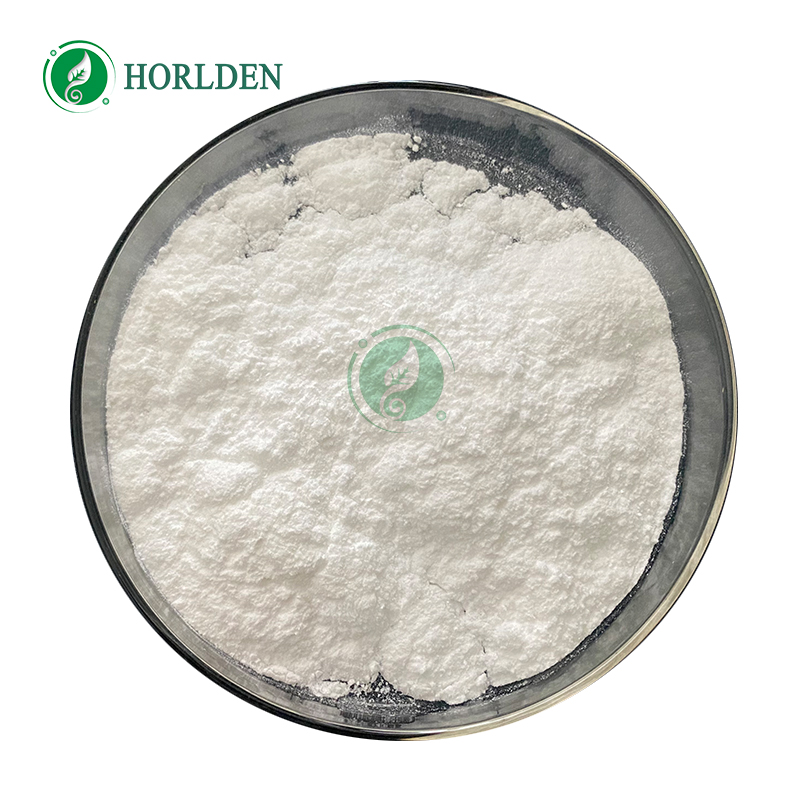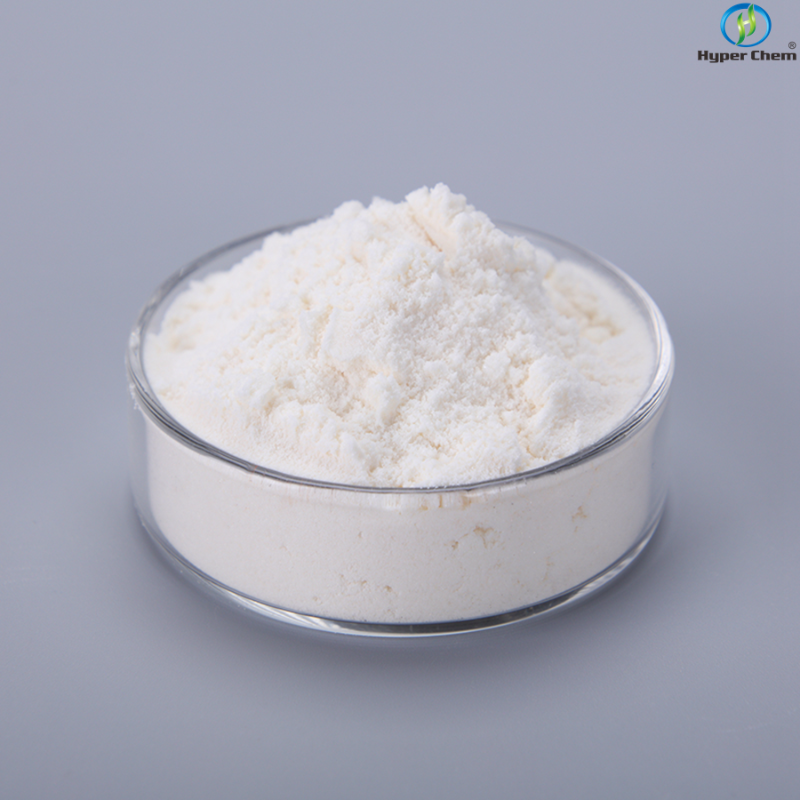-
Categories
-
Pharmaceutical Intermediates
-
Active Pharmaceutical Ingredients
-
Food Additives
- Industrial Coatings
- Agrochemicals
- Dyes and Pigments
- Surfactant
- Flavors and Fragrances
- Chemical Reagents
- Catalyst and Auxiliary
- Natural Products
- Inorganic Chemistry
-
Organic Chemistry
-
Biochemical Engineering
- Analytical Chemistry
-
Cosmetic Ingredient
- Water Treatment Chemical
-
Pharmaceutical Intermediates
Promotion
ECHEMI Mall
Wholesale
Weekly Price
Exhibition
News
-
Trade Service
N-[4-[(3-Chloro-4-fluorophenyl)amino]-7-[[(3S)-tetrahydro-3-furanyl]oxy]-6-quinazolinyl]-4-(dimethylamino)-2-butenamide, also known as Compound 1, is a synthetic chemical compound that has been studied for its potential applications in the chemical industry.
This compound is a derivative of quinazoline, which is a class of organic compounds with a wide range of applications in various industries.
One of the potential applications of Compound 1 is as a catalyst or catalyst precursor in chemical reactions.
It has been shown to be an effective catalyst for the polymerization of various monomers, including styrene, methyl methacrylate, and ethyl acrylate.
This makes it a valuable component in the production of polymers, which are widely used in a variety of applications, including packaging, textiles, and adhesives.
Another potential application of Compound 1 is in the production of light-emitting diodes (LEDs).
It has been shown to exhibit good photoluminescence properties, which makes it a promising material for use in the development of new LED technology.
LEDs are widely used in a variety of applications, including displays, lighting, and communication systems.
In addition, Compound 1 has been studied for its potential application in the field of pharmaceuticals.
It has been shown to possess antibacterial and antiviral properties, which makes it a promising candidate for the development of new antimicrobial drugs.
Furthermore, it has been shown to inhibit the growth of cancer cells, making it a potential candidate for the treatment of cancer.
Compound 1 can also be used as a building block for the synthesis of other chemical compounds.
Its unique structure and properties make it a valuable starting point for the development of new chemicals with specific properties and applications.
Overall, Compound 1 is a promising chemical compound with a wide range of potential applications in the chemical industry.
Its ability to act as a catalyst, its potential application in LED technology, its antimicrobial and anticancer properties, and its use as a building block for the synthesis of other chemicals make it a valuable component in the chemical industry.
As further research is conducted on the properties and applications of Compound 1, it is likely that additional potential uses for this compound will be discovered.







